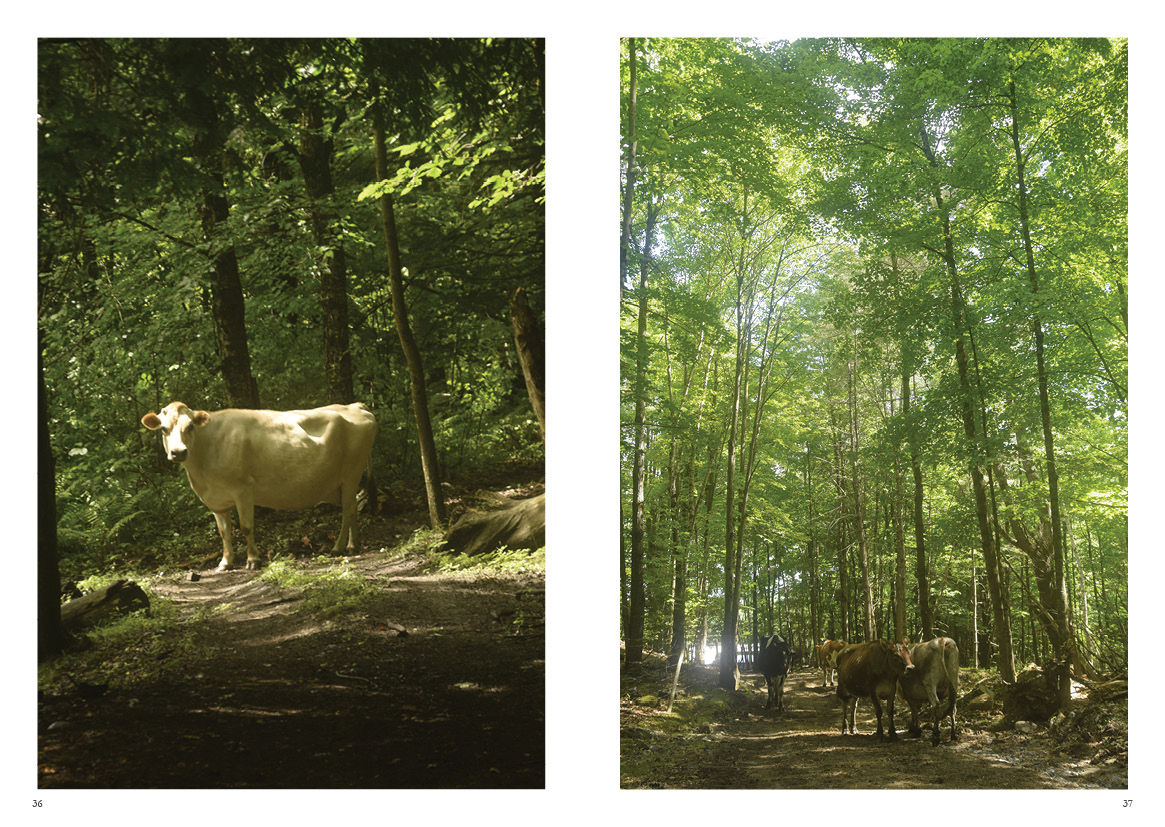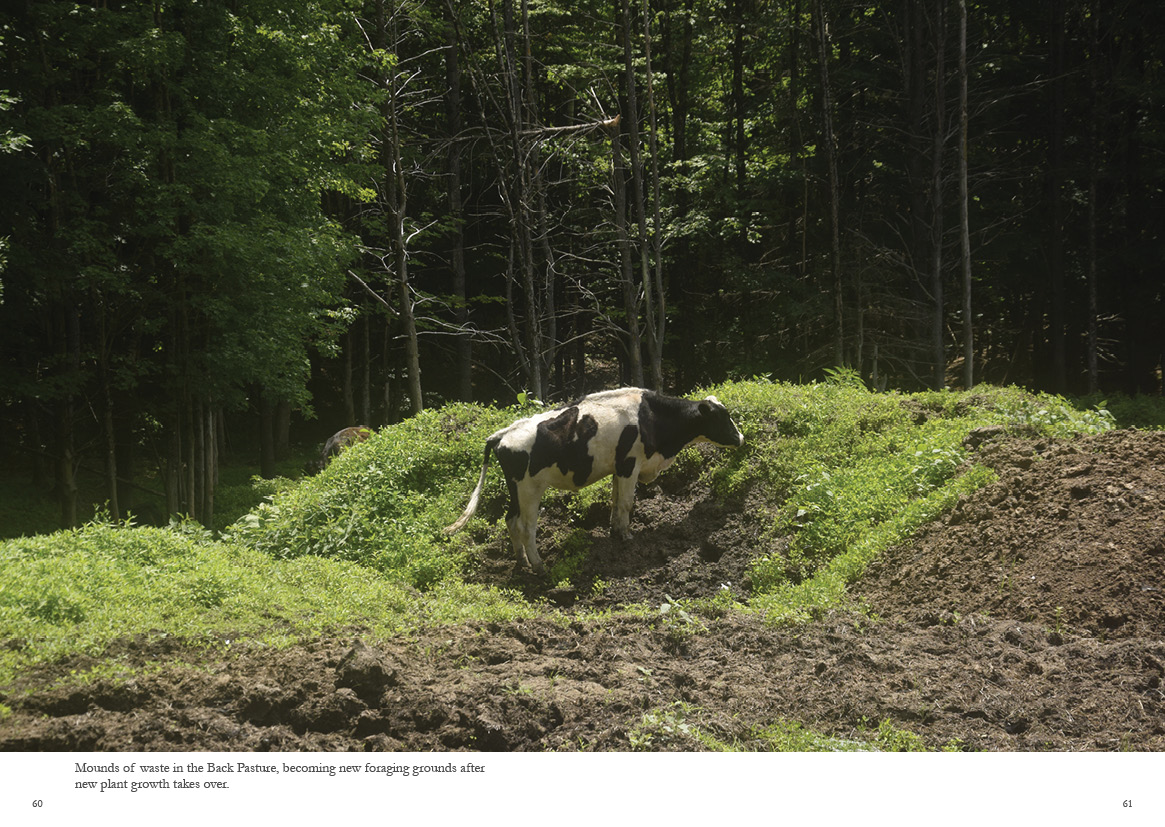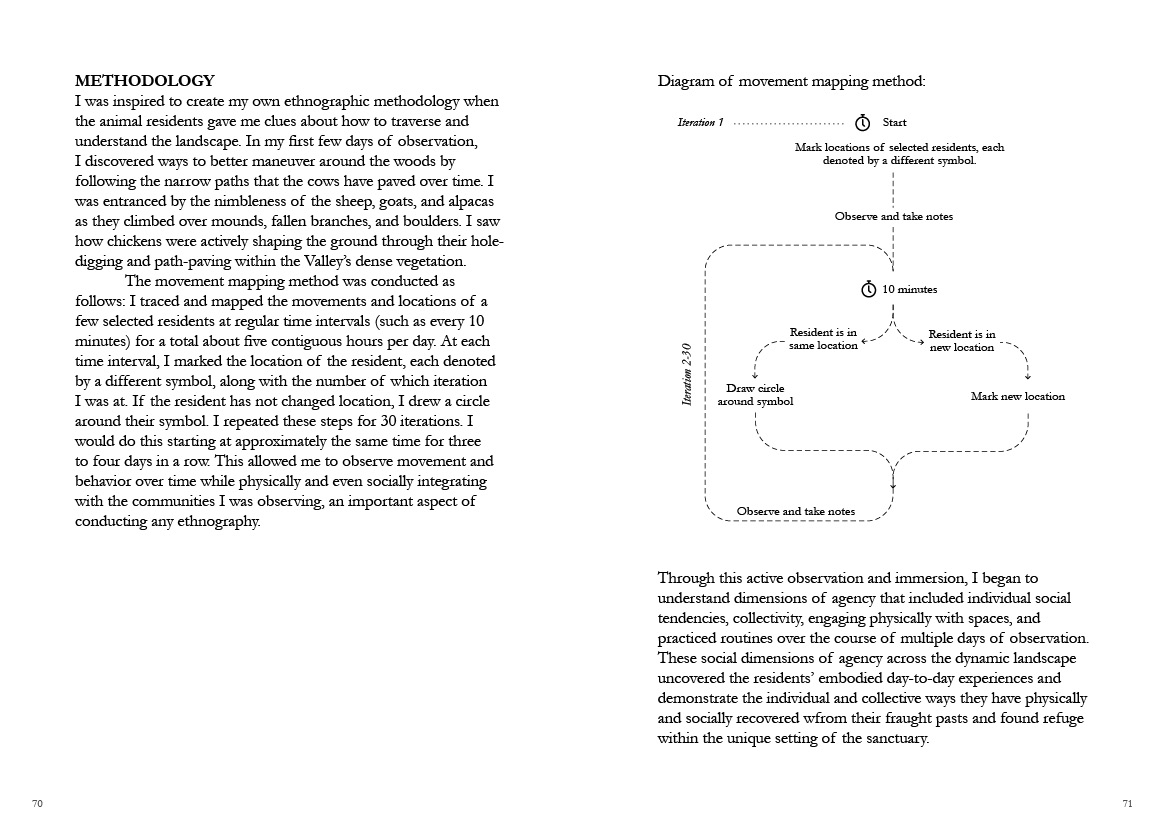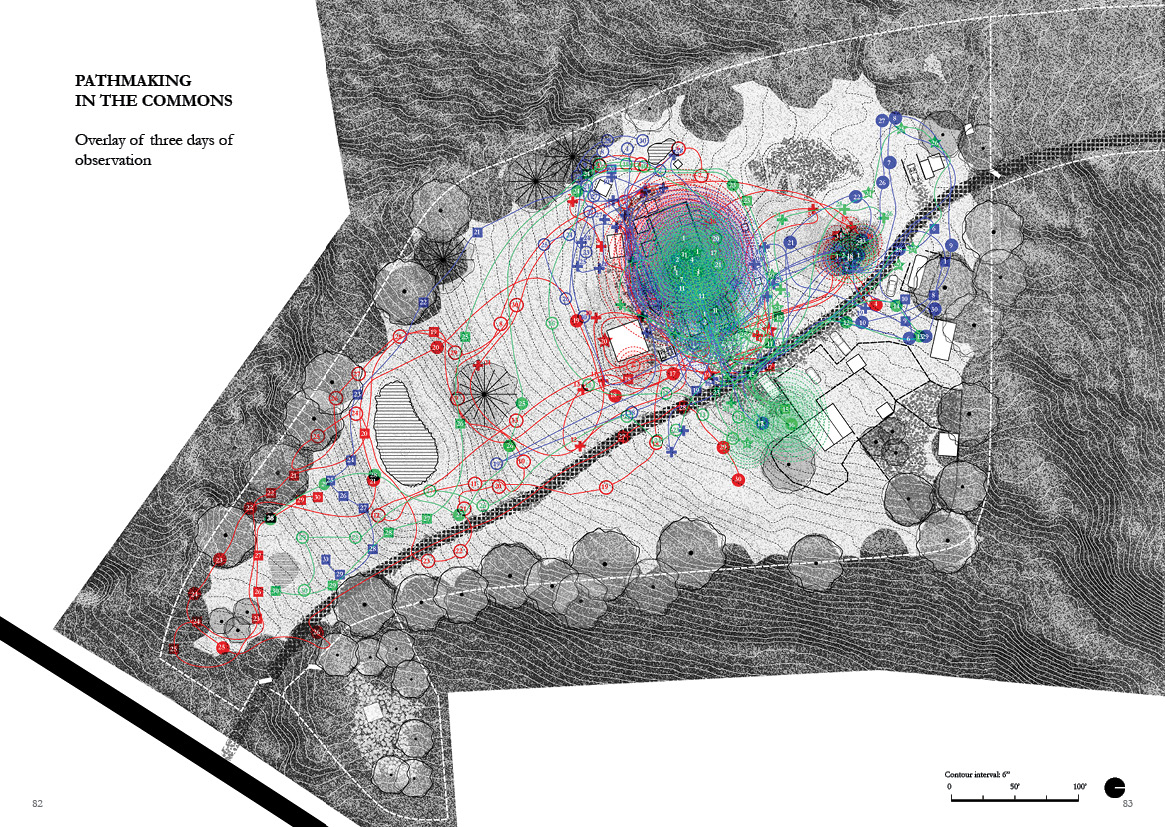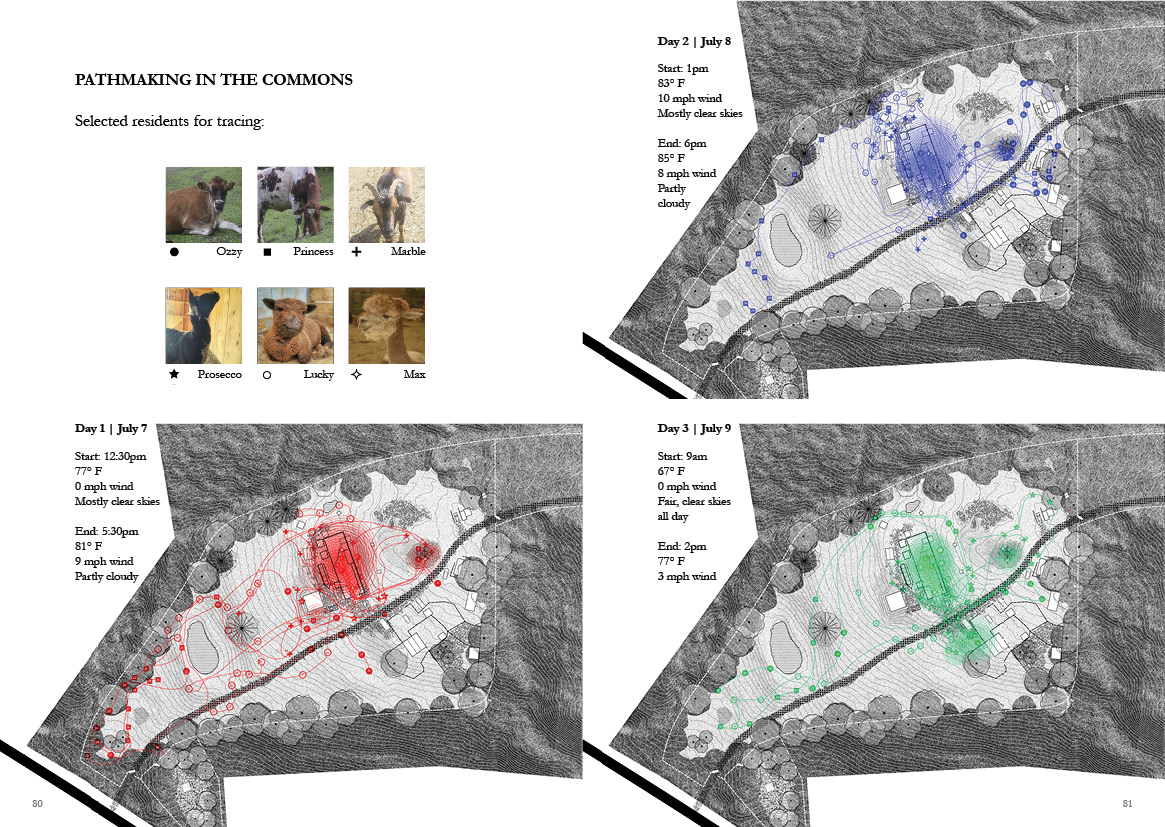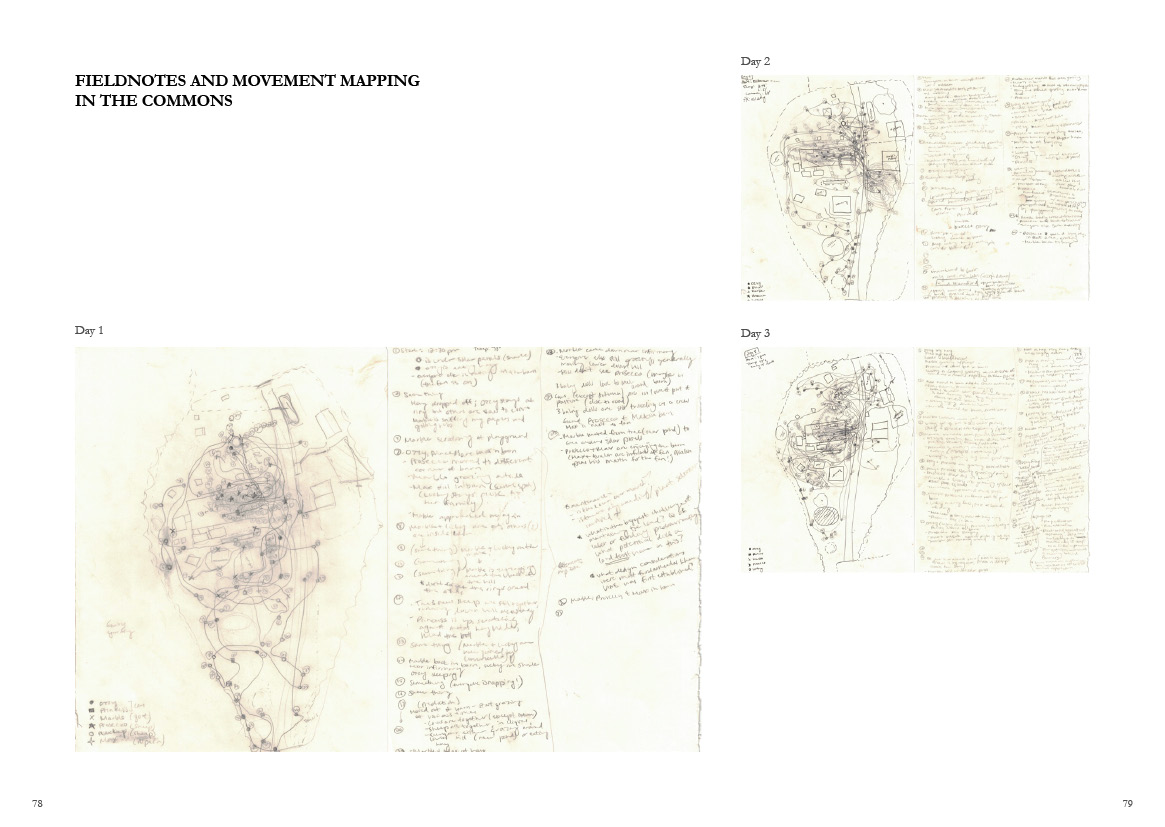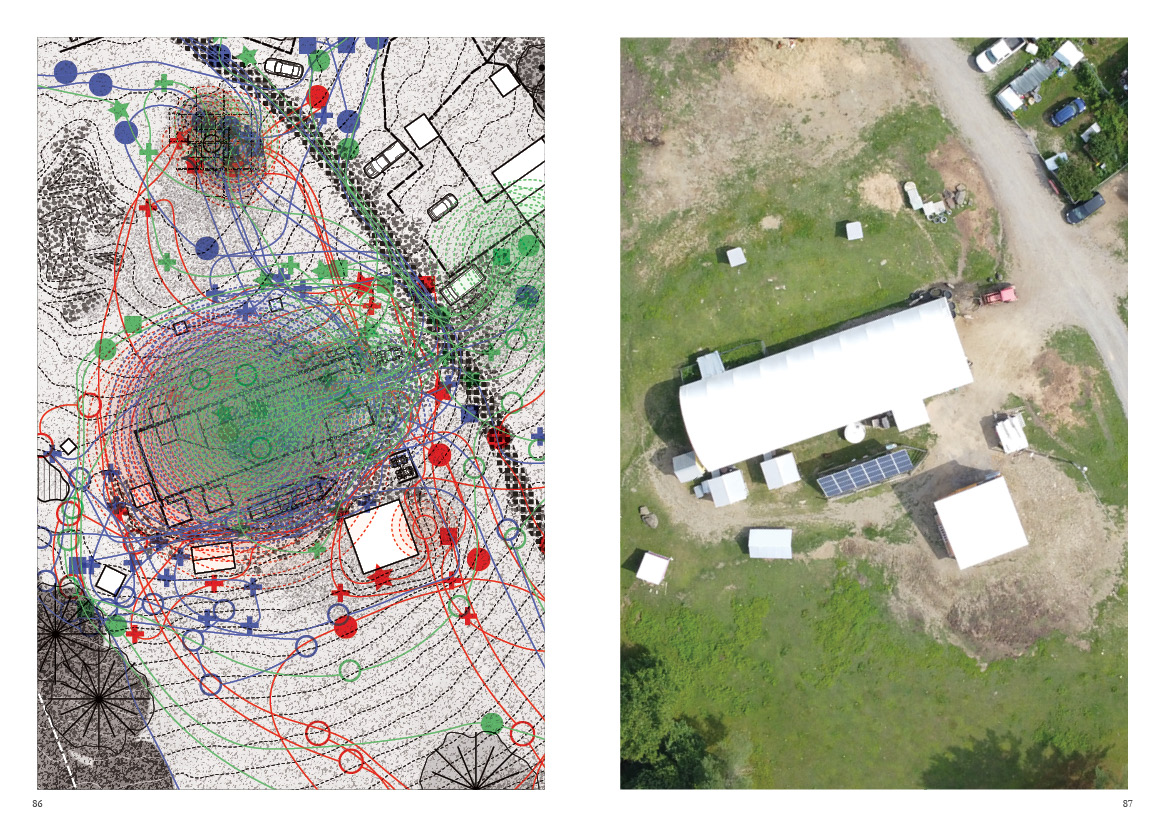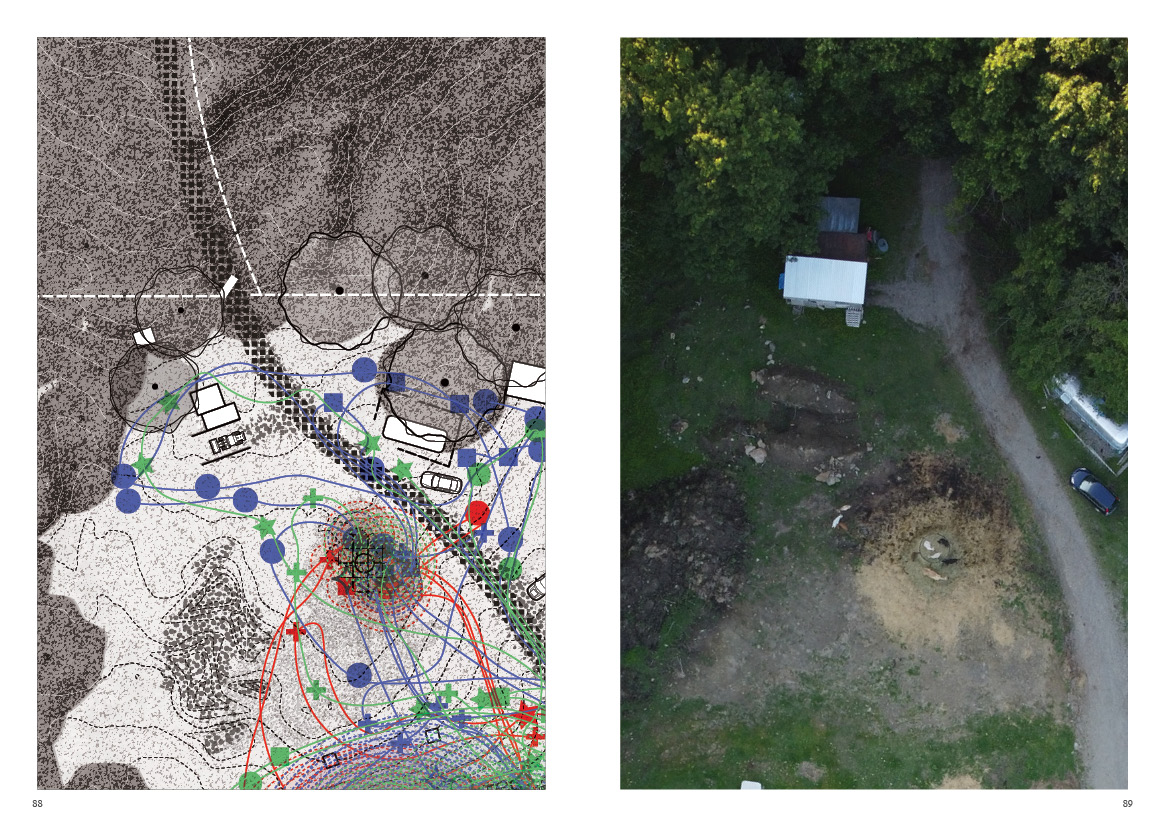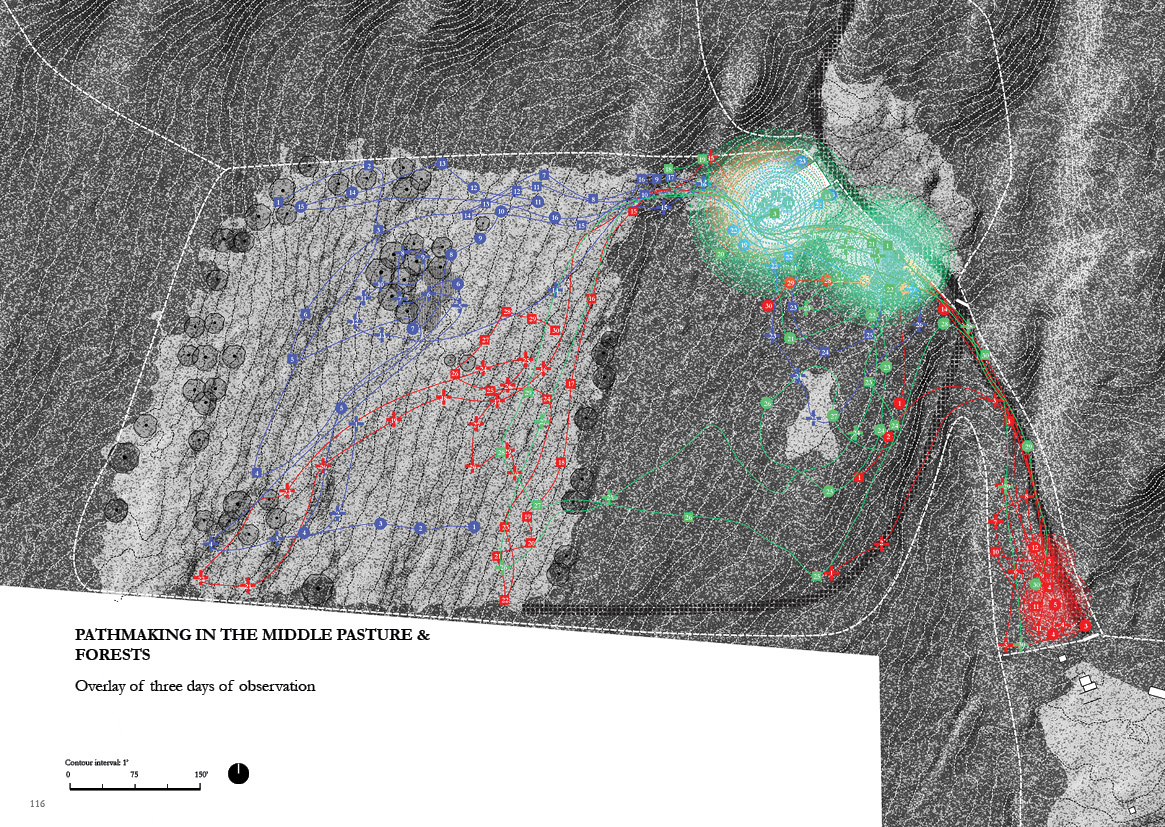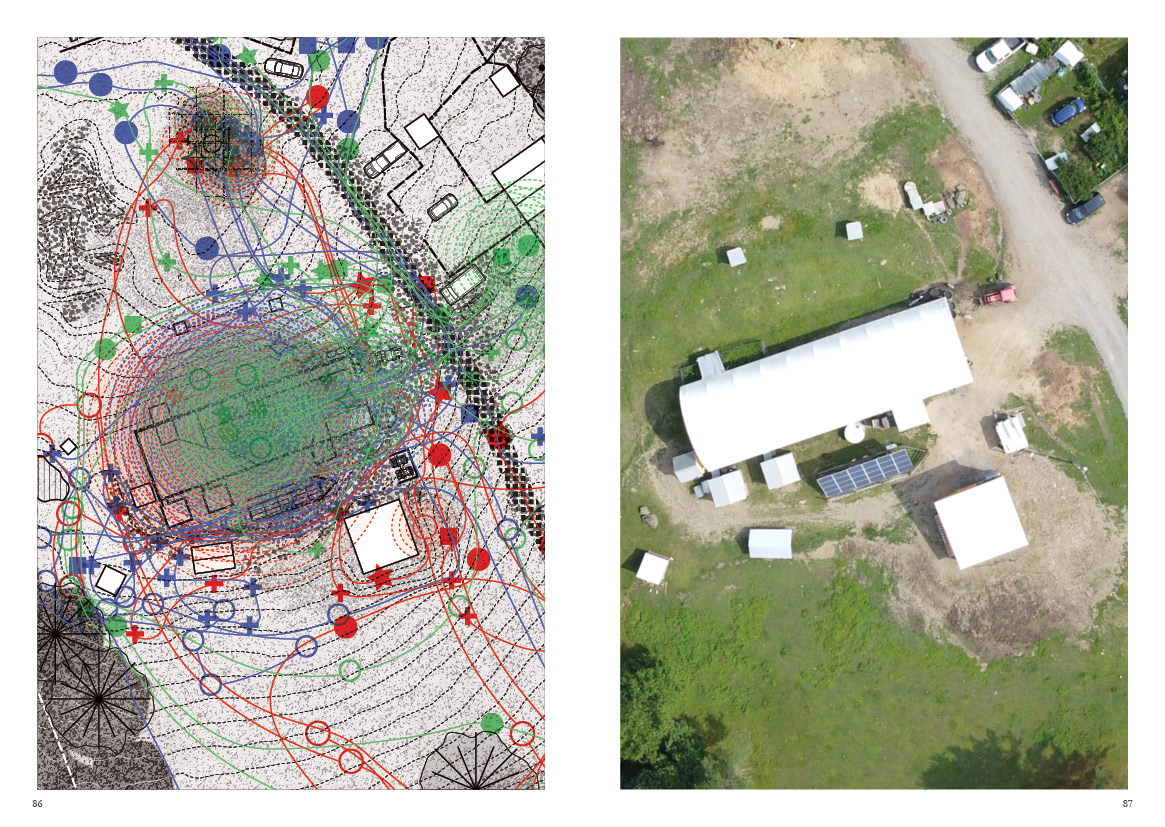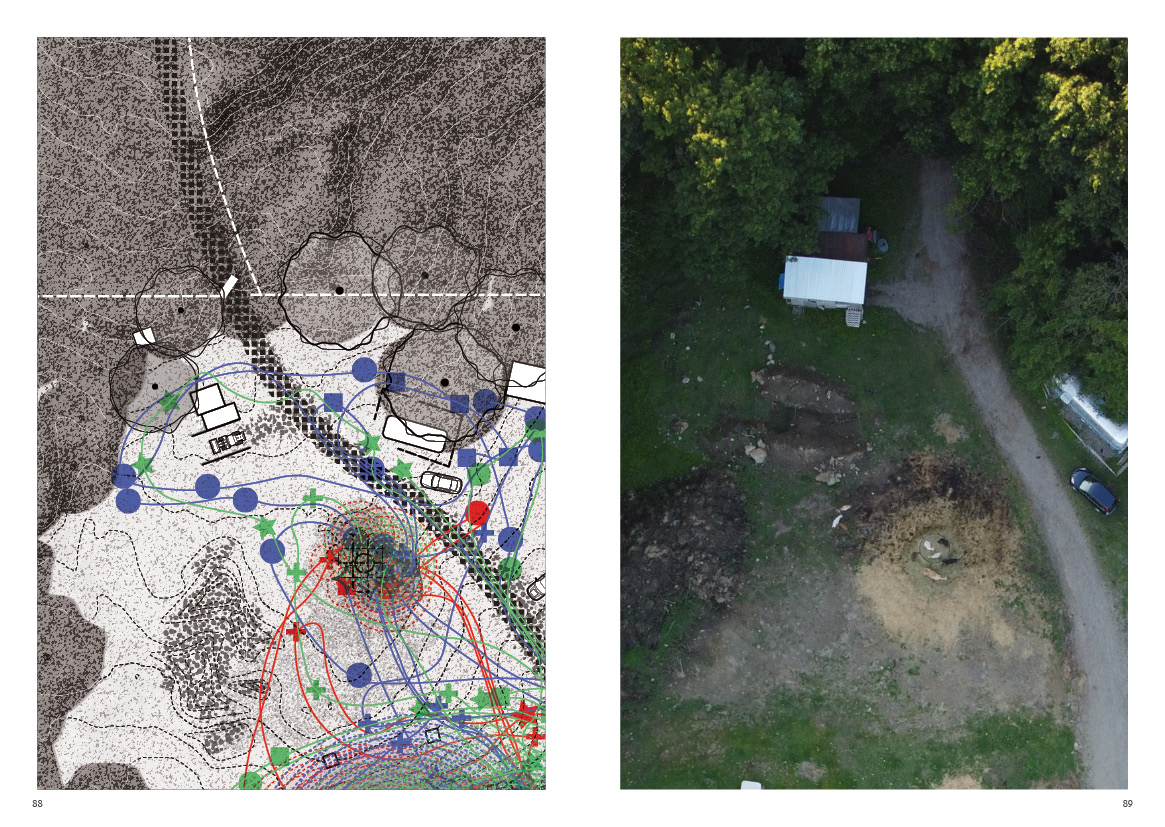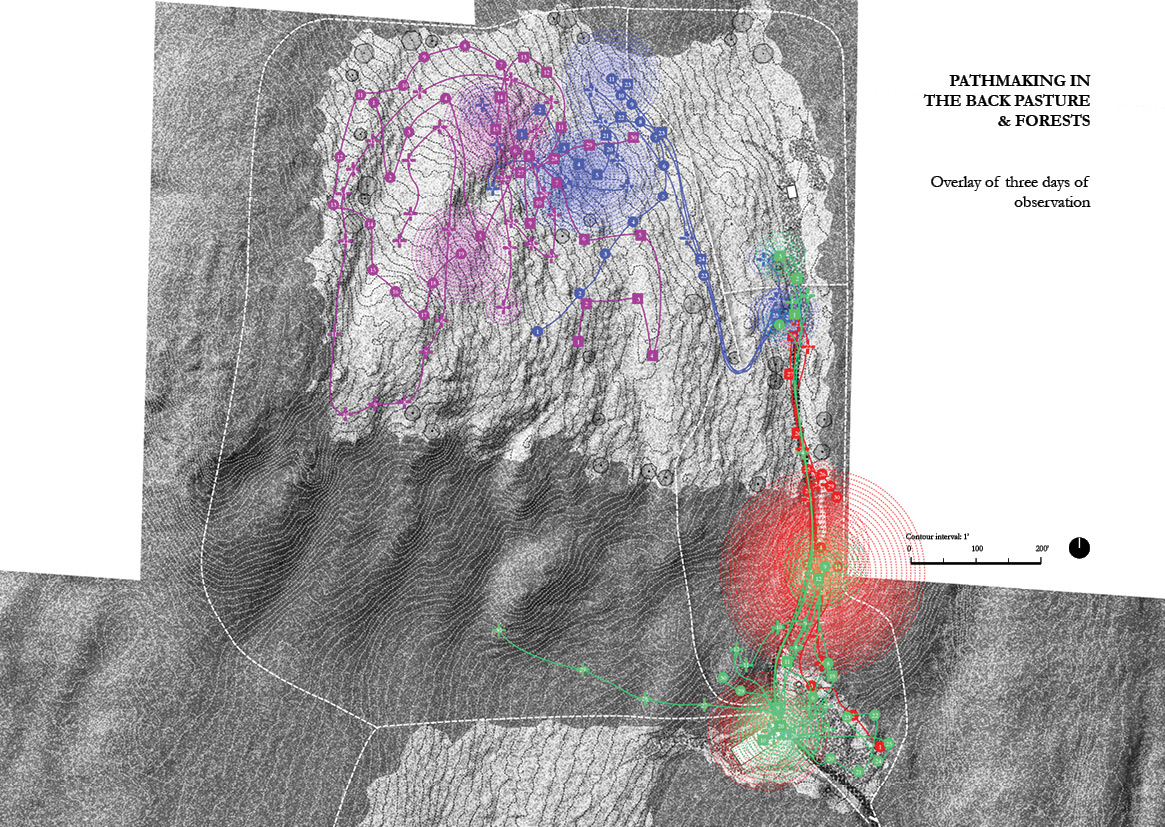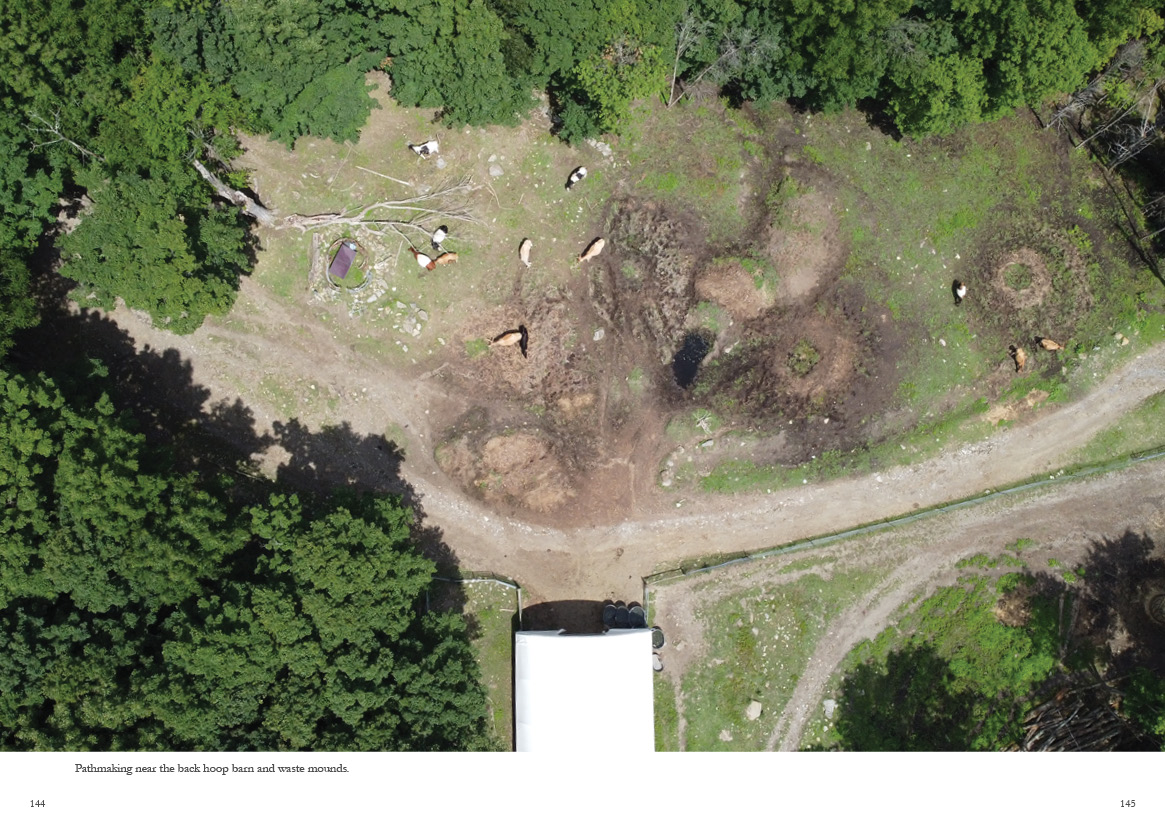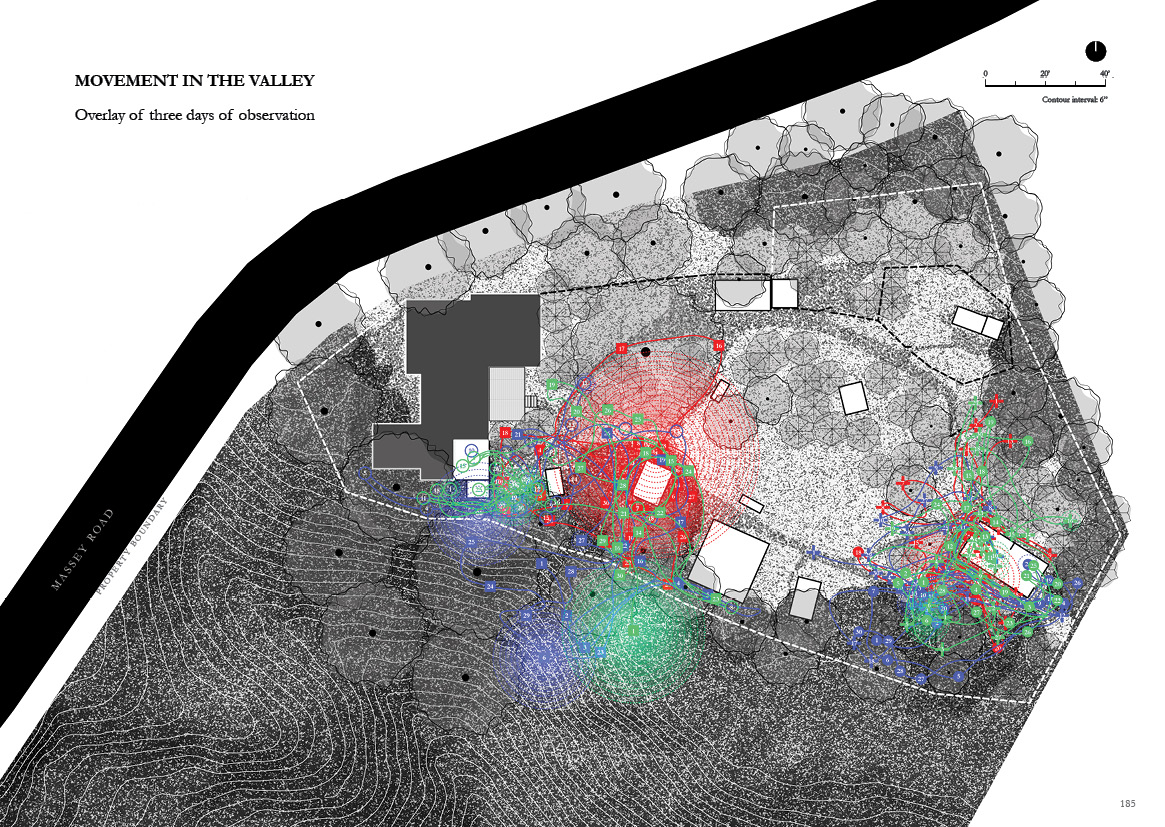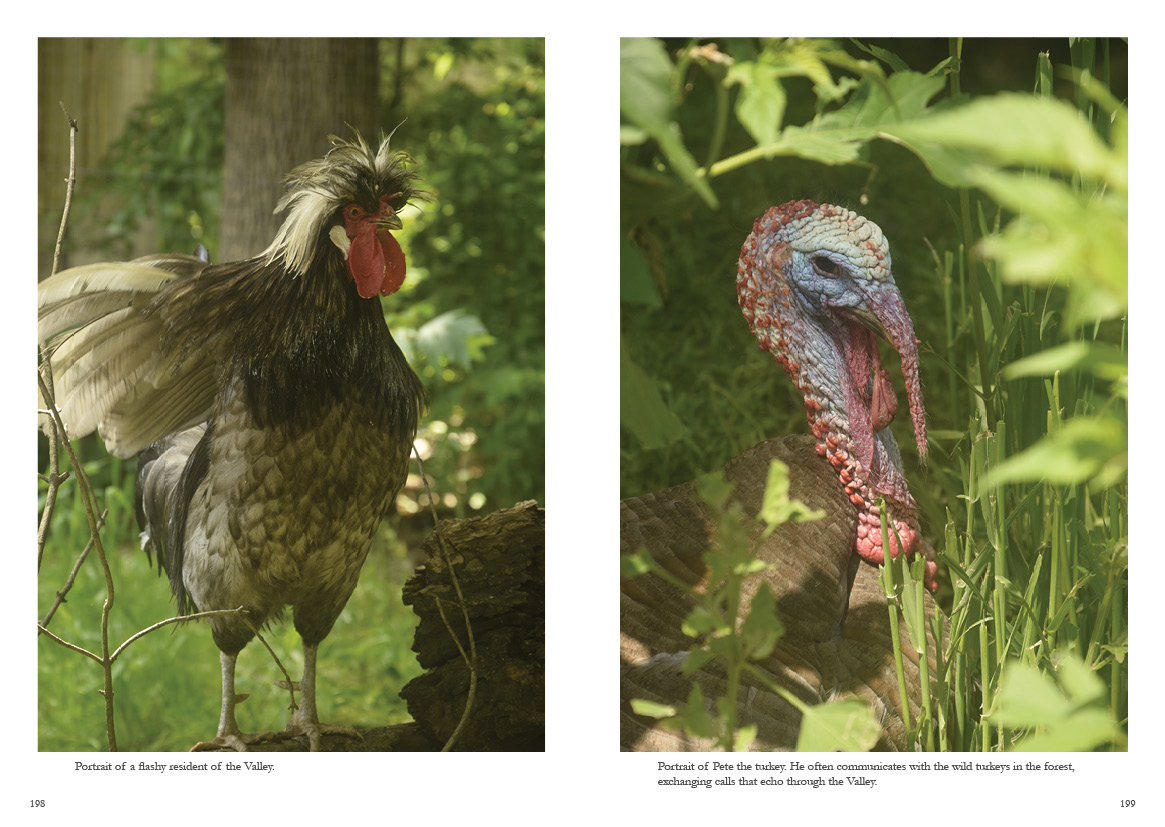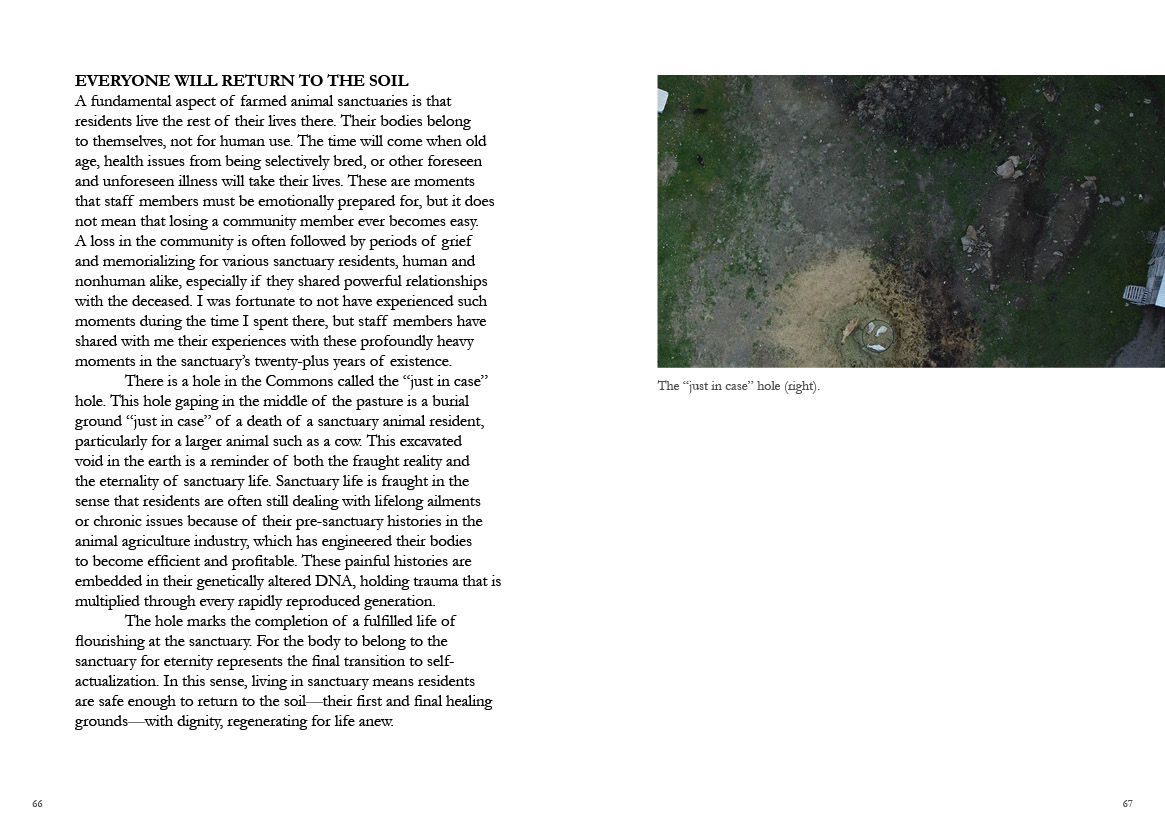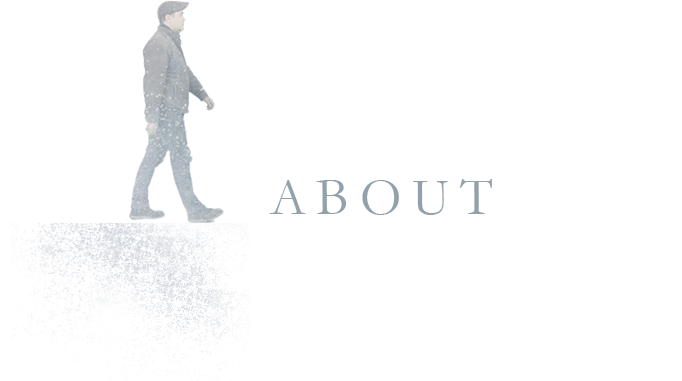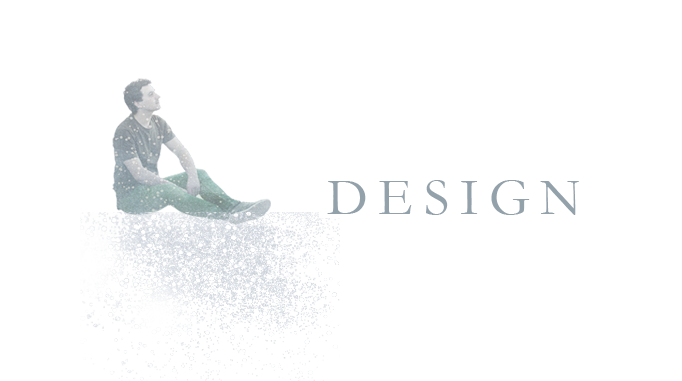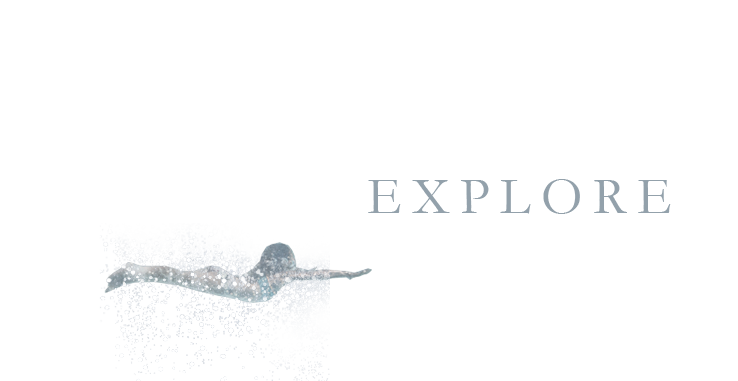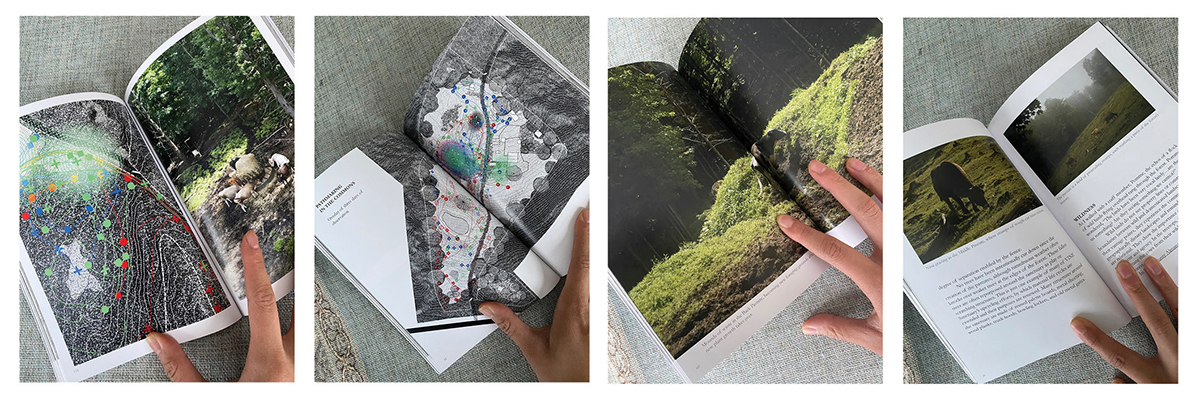
Independent research project
Penny White Project Fund, Harvard Graduate School of Design
Culture and Animals Foundation Interview, Scholar in Residence for VINE Sanctuary
Internal GSD advisor: Francesca Benedetto
External project advisor: Pattrice Jones, co-founder of VINE Sanctuary
Tending Sanctuary is a multispecies ethnography of VINE Sanctuary, a place and landscape that is designed through an ethos that centers farmed animals protagonists and acknowledges them as co-creators of the sanctuary. VINE Sanctuary is a 100-acre farmed animal sanctuary in the re-forested mountains of Vermont, home to over 700 rescued, formerly farmed animals who exercise their newfound agency to form complex social and ecological relationships with humans, wild animal and plant species, and the material landscape.
This book consists of the following chapters: The Sanctuary, The Landscape Architect, The Forest, The Soil, The Residents, and The Stewards. The chapters in this book describe, illustrate, and map the physical attributes of the landscape, together telling the stories of how the residents self-actualize, build community, co-create spaces, and affect material and ecological cycles. Perceiving the ecological and social landscape as one that is shaped by healing domesticated animal actors brings a new awareness of what it means to practice a land ethic and animal ethic together. This means studying the landscape beyond the species lens—whereby each species is viewed as a monolith and valued by its ecosystem contribution—and instead toward a multispecies lens, which simultaneously recognizes that more-than-human beings are socio-ecologically entangled and each individual actor also has inherent self-worth, histories, and worldviews.
This work hopes to highlight the landscape of VINE Sanctuary as a model for designing sanctuary landscapes that foster individual and collective agency and the healing of both animals and the land. The work also highlights a fruitful methodological outcome, movement mapping, and an attitude of observation of nonhuman animal communities that gives identity to the members as sentient subjects with agency.
A note on Observation / Mapping
This project draws upon fieldwork methods of immersed observation, contributing to a growing body of research in the rising genre of multispecies ethnography. In order to record the observation and give them a temporal dimension, I deployed a creative methodology which I call movement mapping, elaborated upon in The Residents chapter. This methodology, which I conceived after already spending some time at VINE Sanctuary, involved tracing the movements and locations of selected residents at regular time intervals (such as every 10 minutes) for a total of about five contiguous hours per day. The maps' lines and marks embody a significant space and time frame in which I was directly in relationship with and had undivided awareness of the residents. The mappings embody their agency by recording their day-to-day experiences and ability to move freely, a result of their ongoing physical and social recovery from their fraught pasts while residing in the safety of sanctuary. In this process, the acts of viewing, photographing, documenting, and following nonconsenting subjects were not taken lightly. To the best of my ability, I followed careful research ethics guidelines described in a research workshop by VINE Sanctuary's affiliate scholars and read residents' body language.
